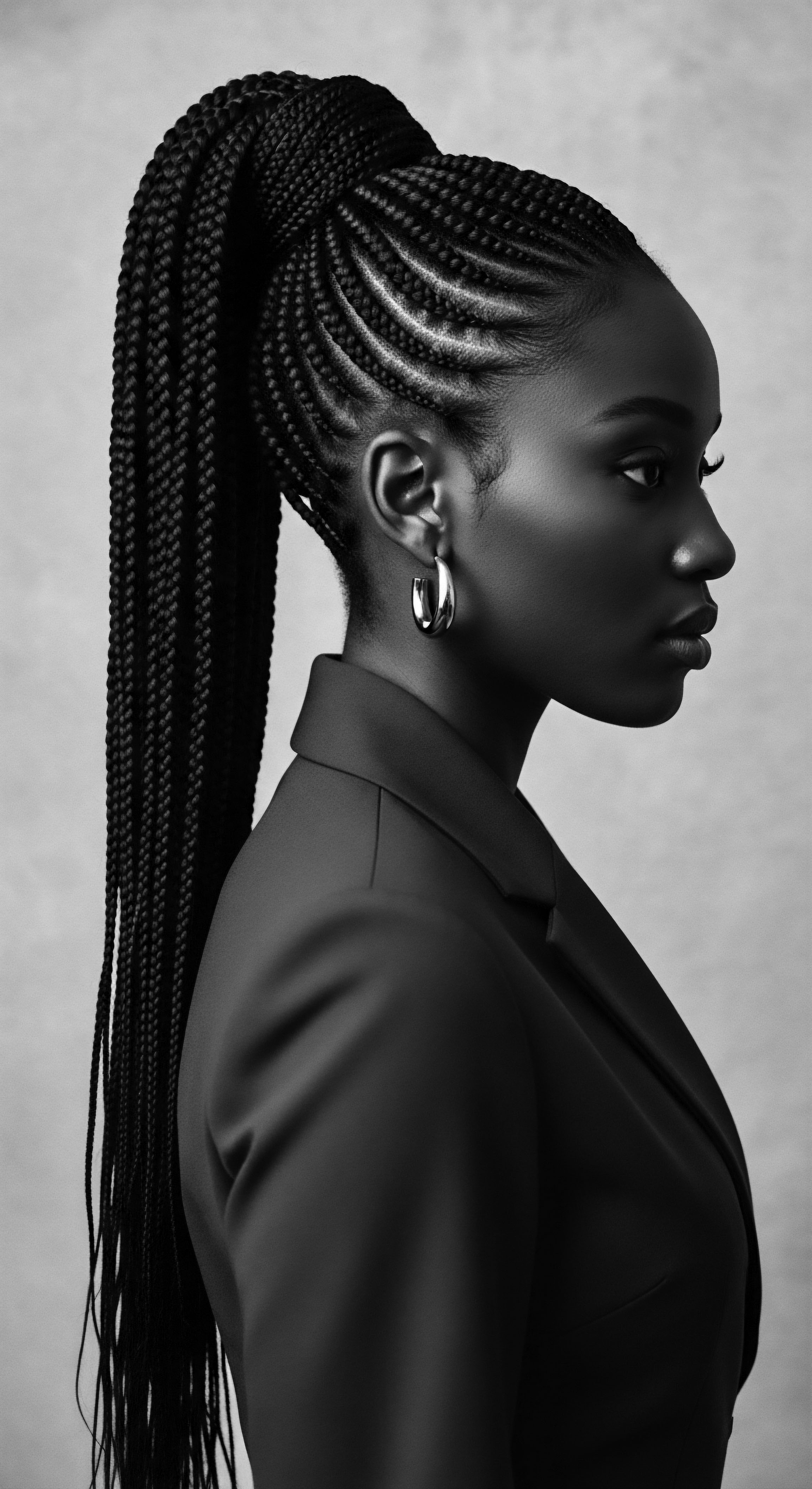
How did protective styling connect to heritage and survival?
Protective styling connected to textured hair heritage by safeguarding strands and serving as a covert communication for survival.

In what ways do historical head covering practices still inform modern hair health for heritage styles?
Historical head covering practices shield textured hair, retaining moisture and protecting delicate strands, a heritage of wellness continuing today.

How did heritage styles protect scalp from sun?
Ancestral textured hair styles provided essential scalp defense against solar exposure through inherent structure and protective styling, reflecting profound cultural wisdom.

What historical meaning do protective styles hold for heritage?
Protective styles hold profound historical meaning, acting as enduring cultural archives of textured hair heritage and ancestral wisdom.

Why did the CROWN Act become necessary for heritage styles?
The CROWN Act became necessary to legally protect heritage hair styles from discrimination rooted in Eurocentric beauty standards.

Why did protective styles become so central to heritage hair?
Protective styles became central to heritage hair by providing practical care, embodying cultural identity, and serving as symbols of historical resilience.

Why did traditional protective styles become a heritage staple?
Traditional protective styles became heritage staples due to their practical benefits for textured hair and deep cultural significance as identity markers.

How did ancient protective styles honor heritage?
Ancient protective styles honored textured hair heritage by safeguarding strands, communicating identity, and preserving cultural legacy.

What specific styles are safeguarded by hair discrimination laws?
Hair discrimination laws safeguard styles historically tied to racial identity, such as braids, locs, twists, and Afros, honoring their deep cultural heritage.

How did historical styling become symbols of heritage?
Historical styling for textured hair stands as a living testament to ancestral knowledge, cultural resilience, and profound identity.

